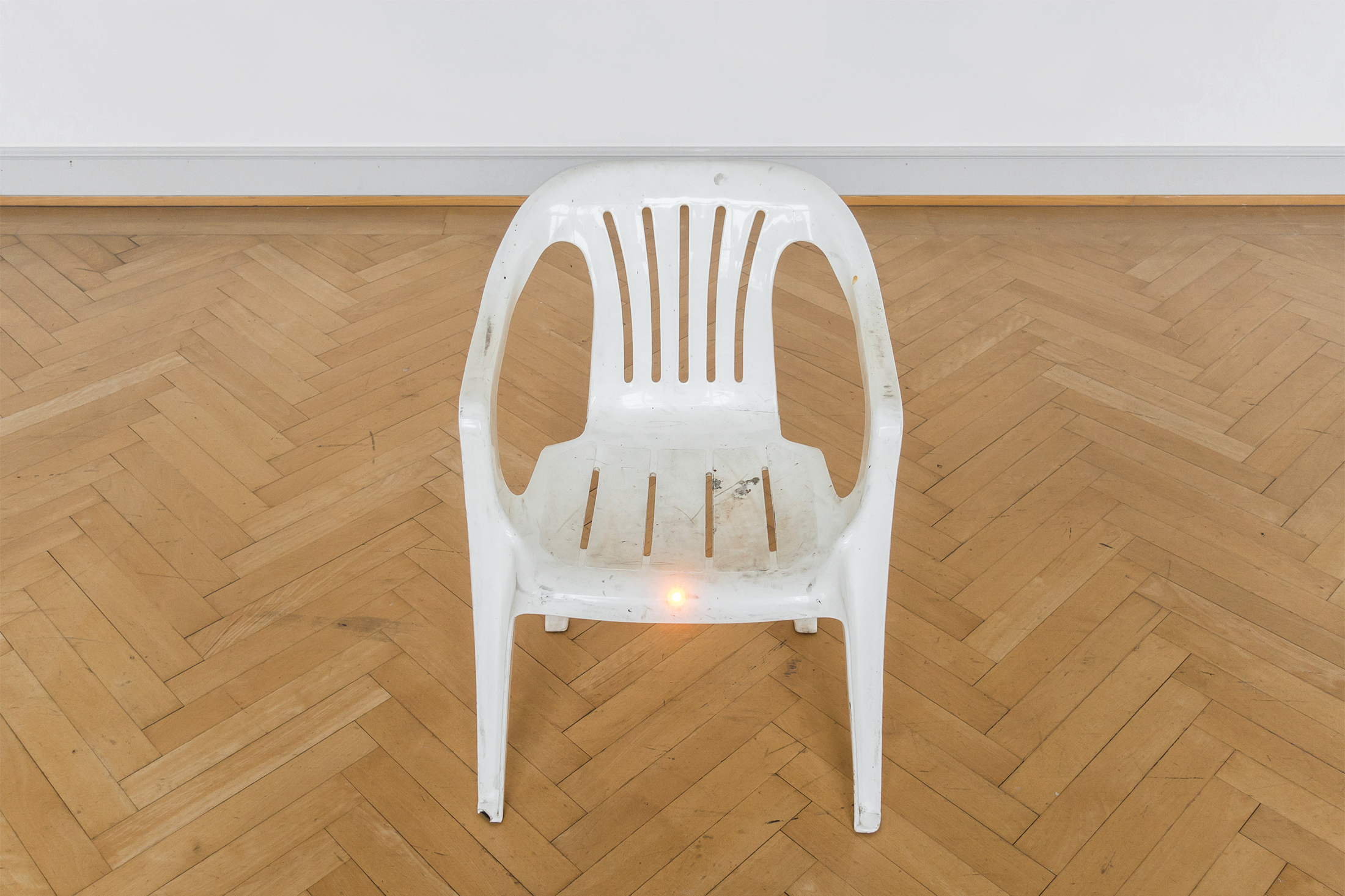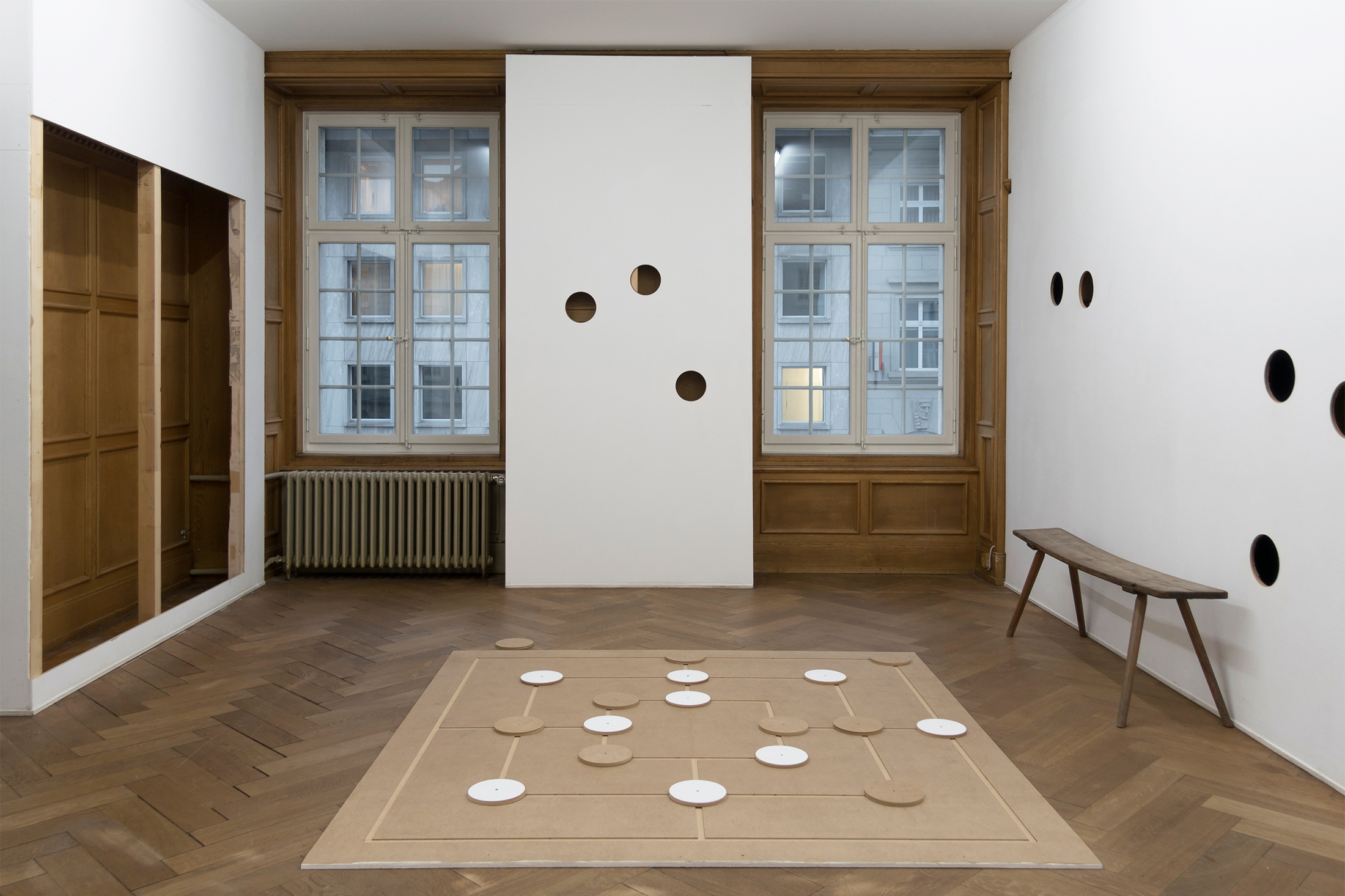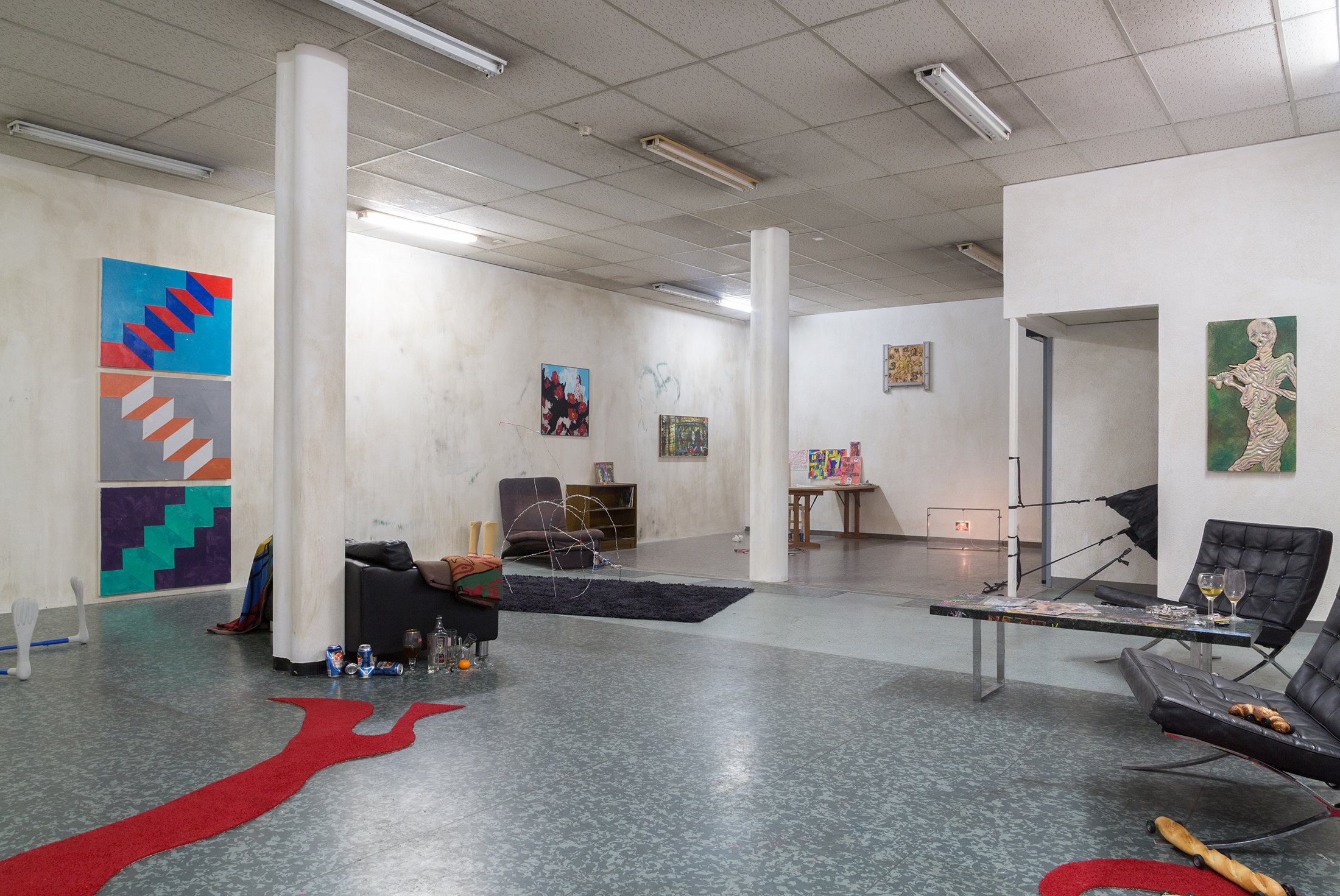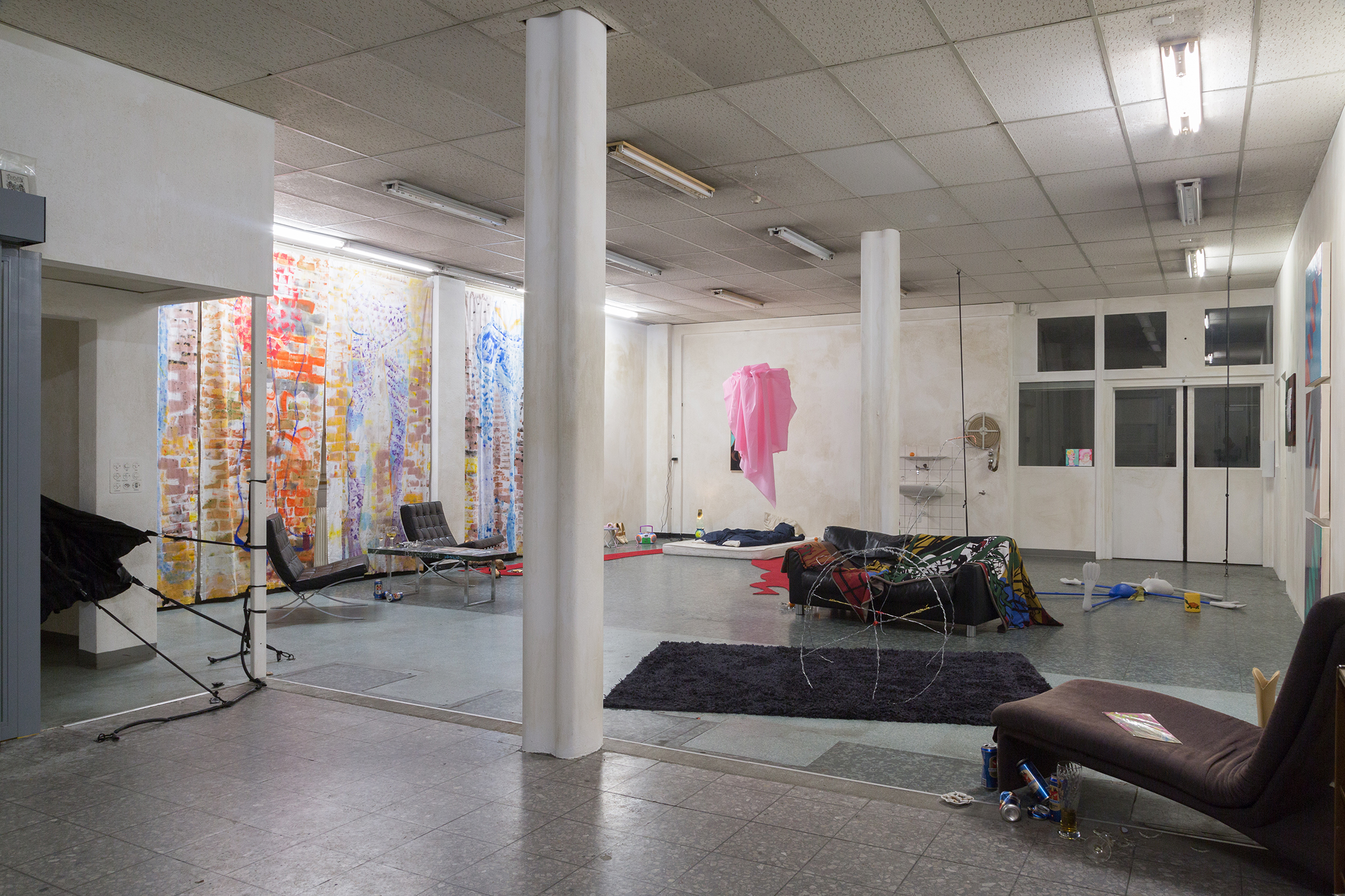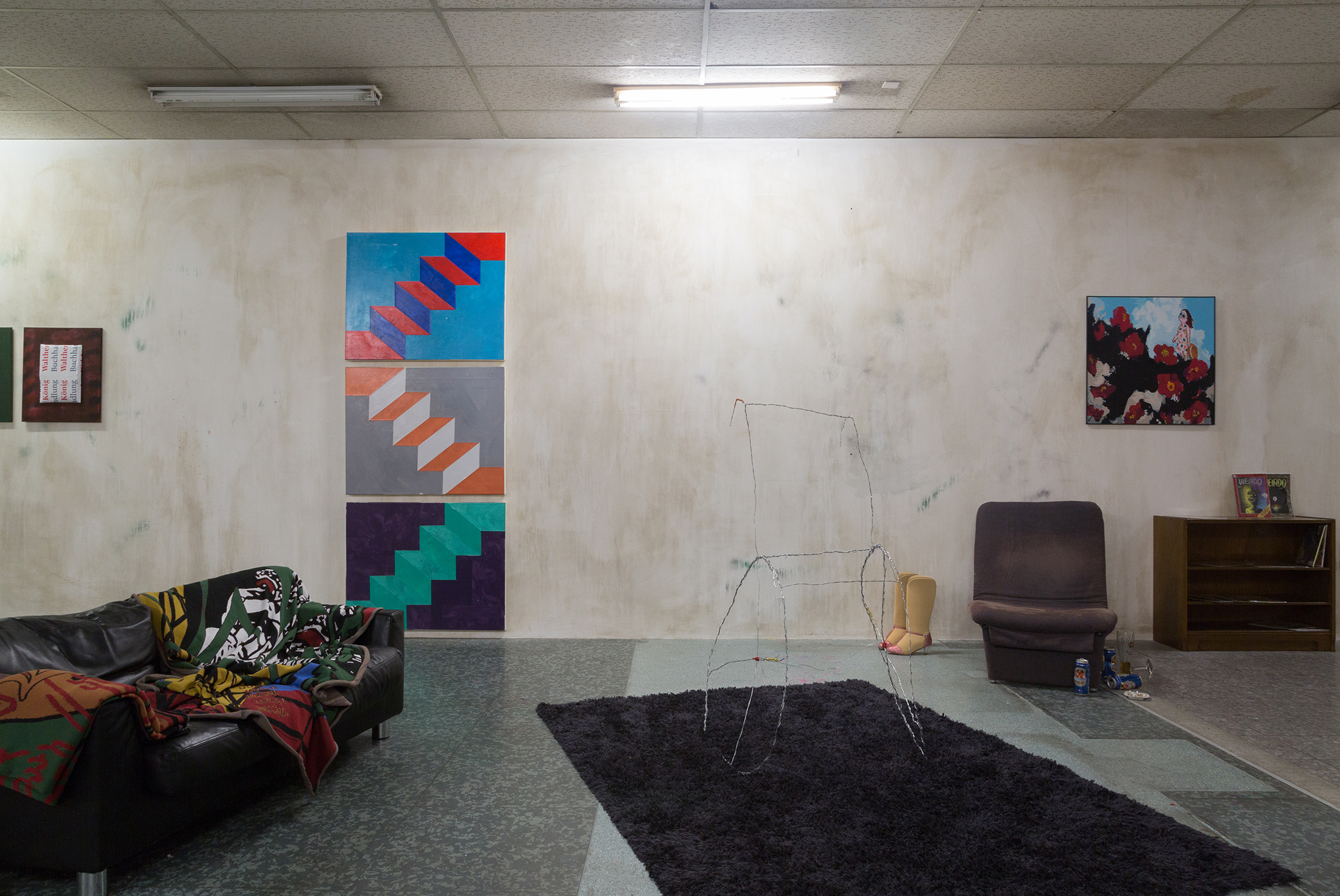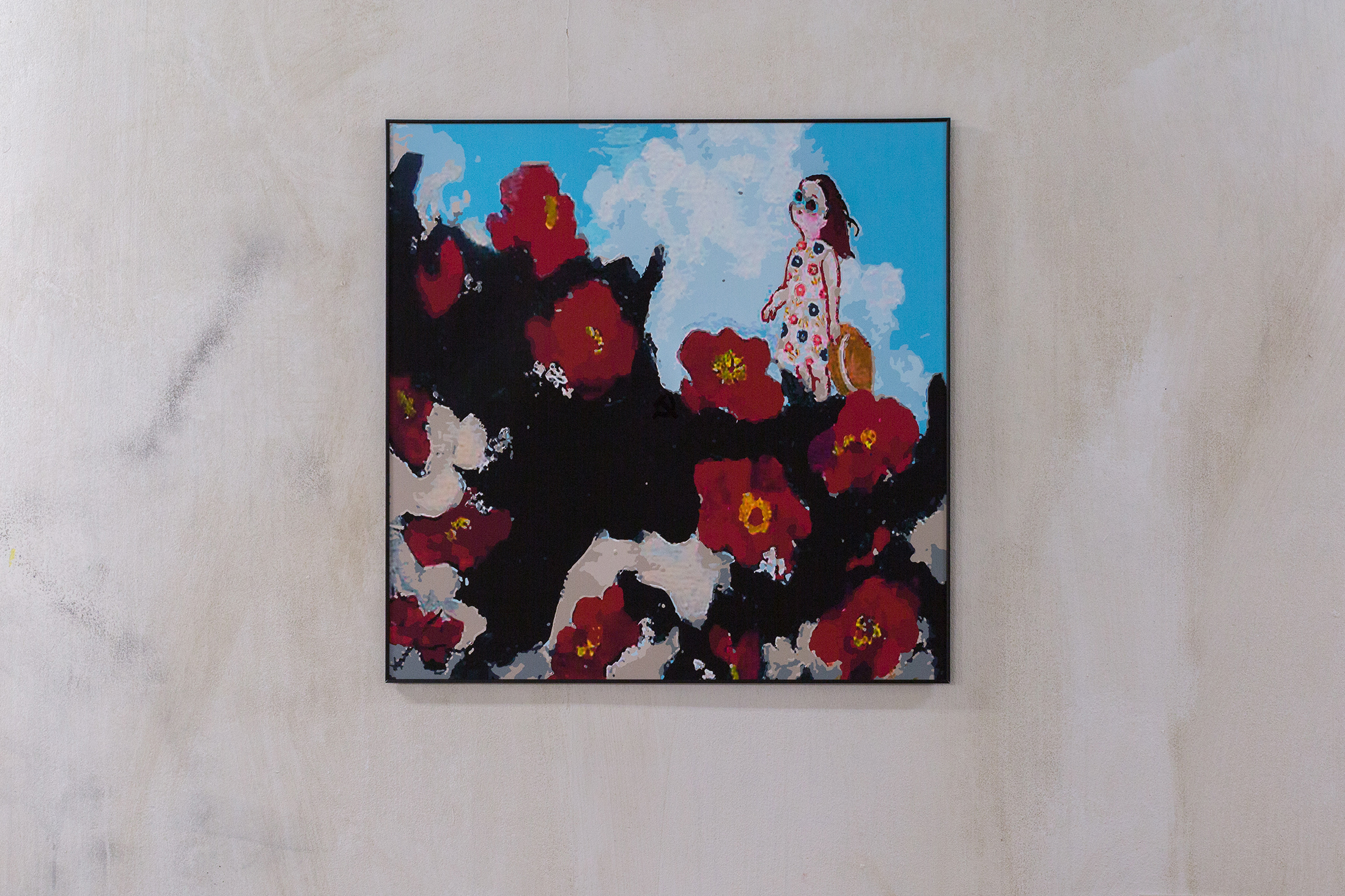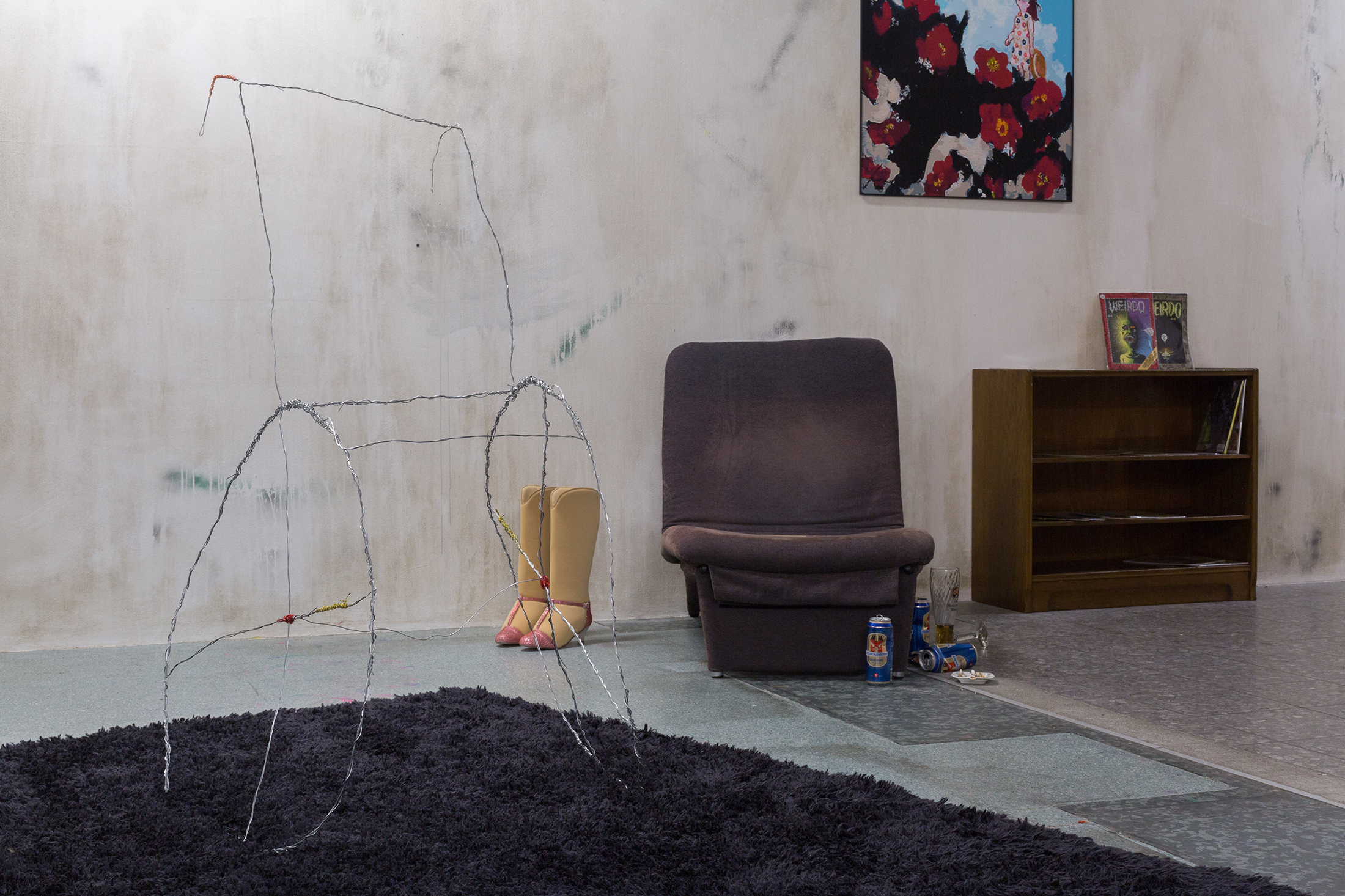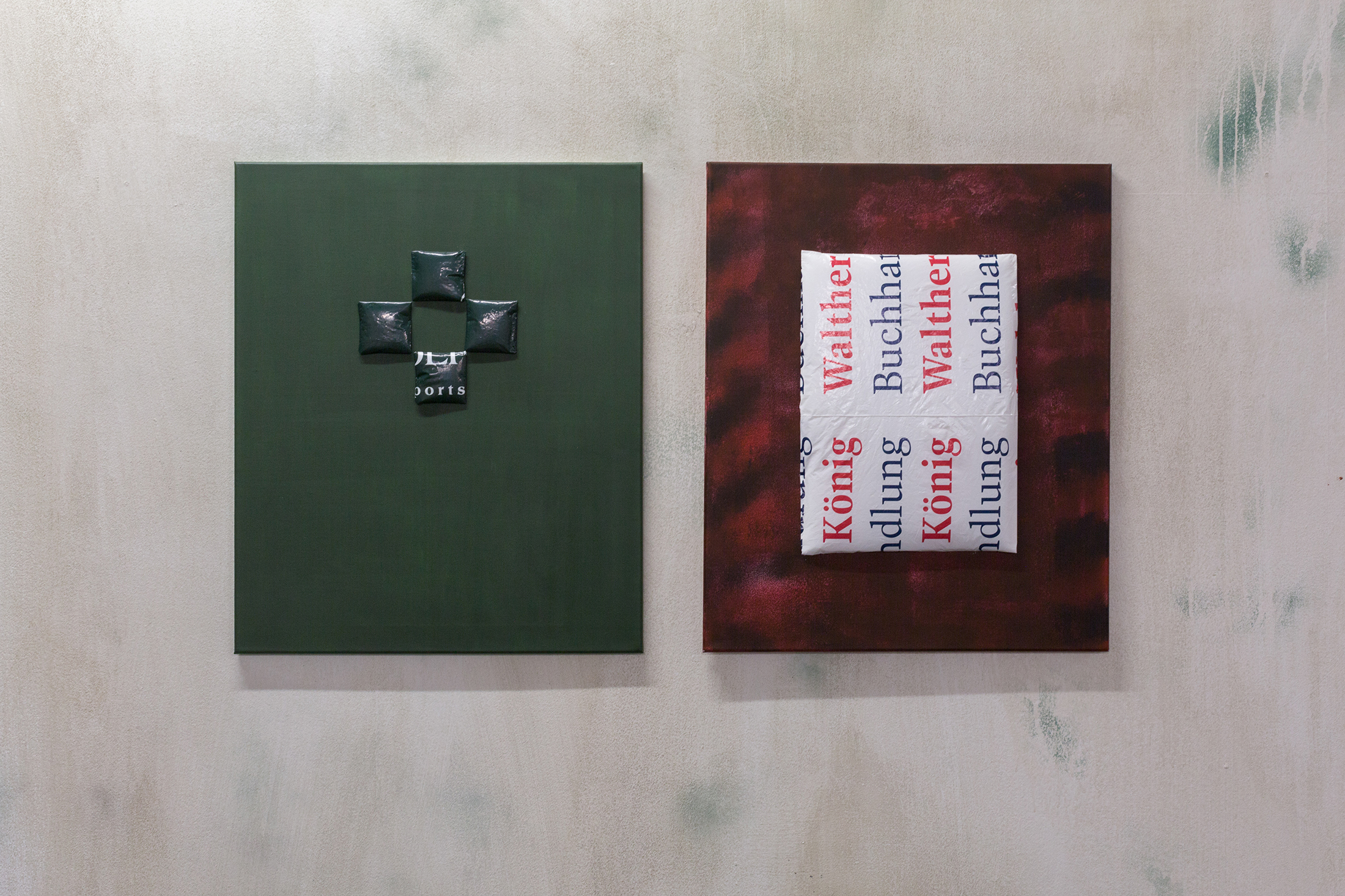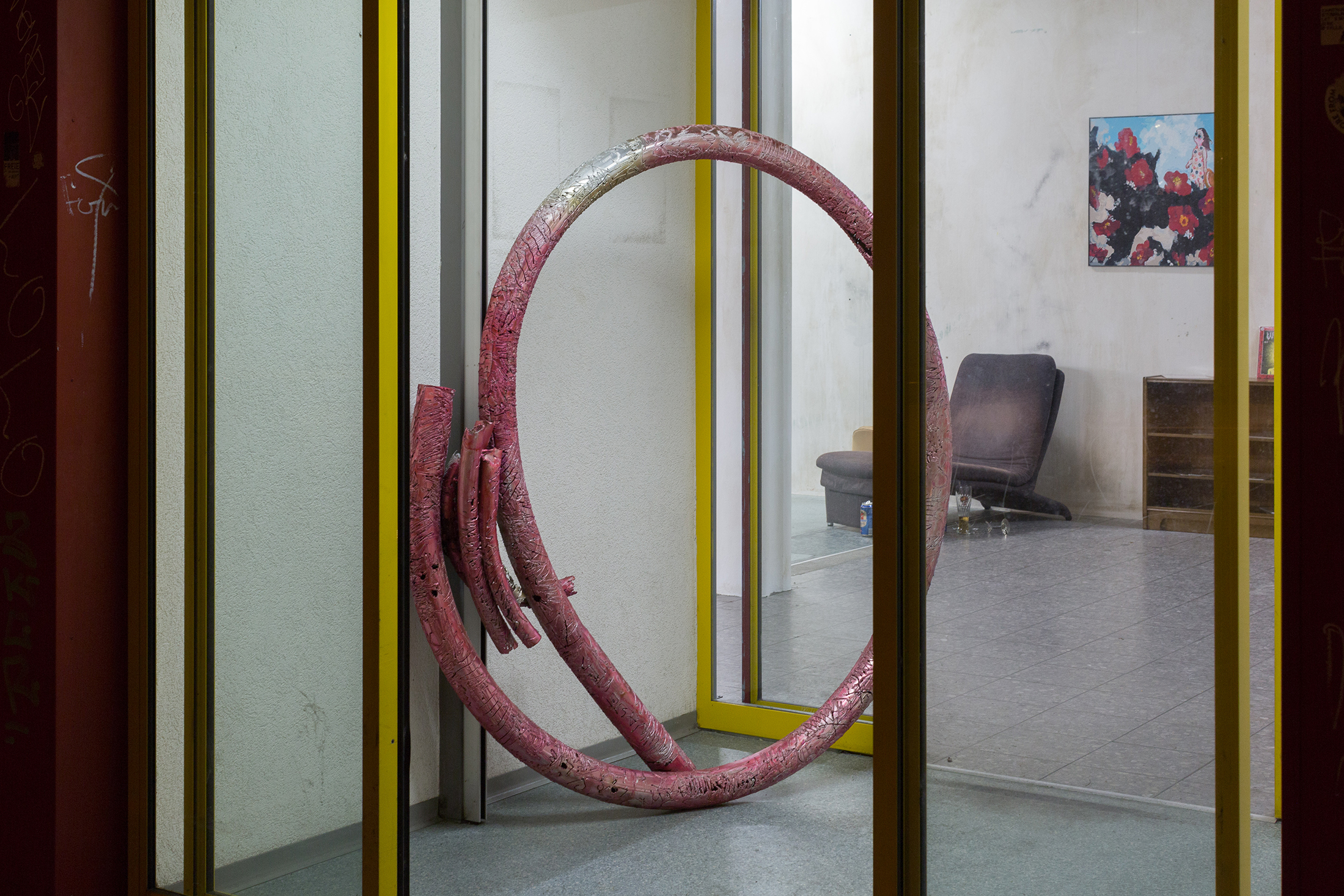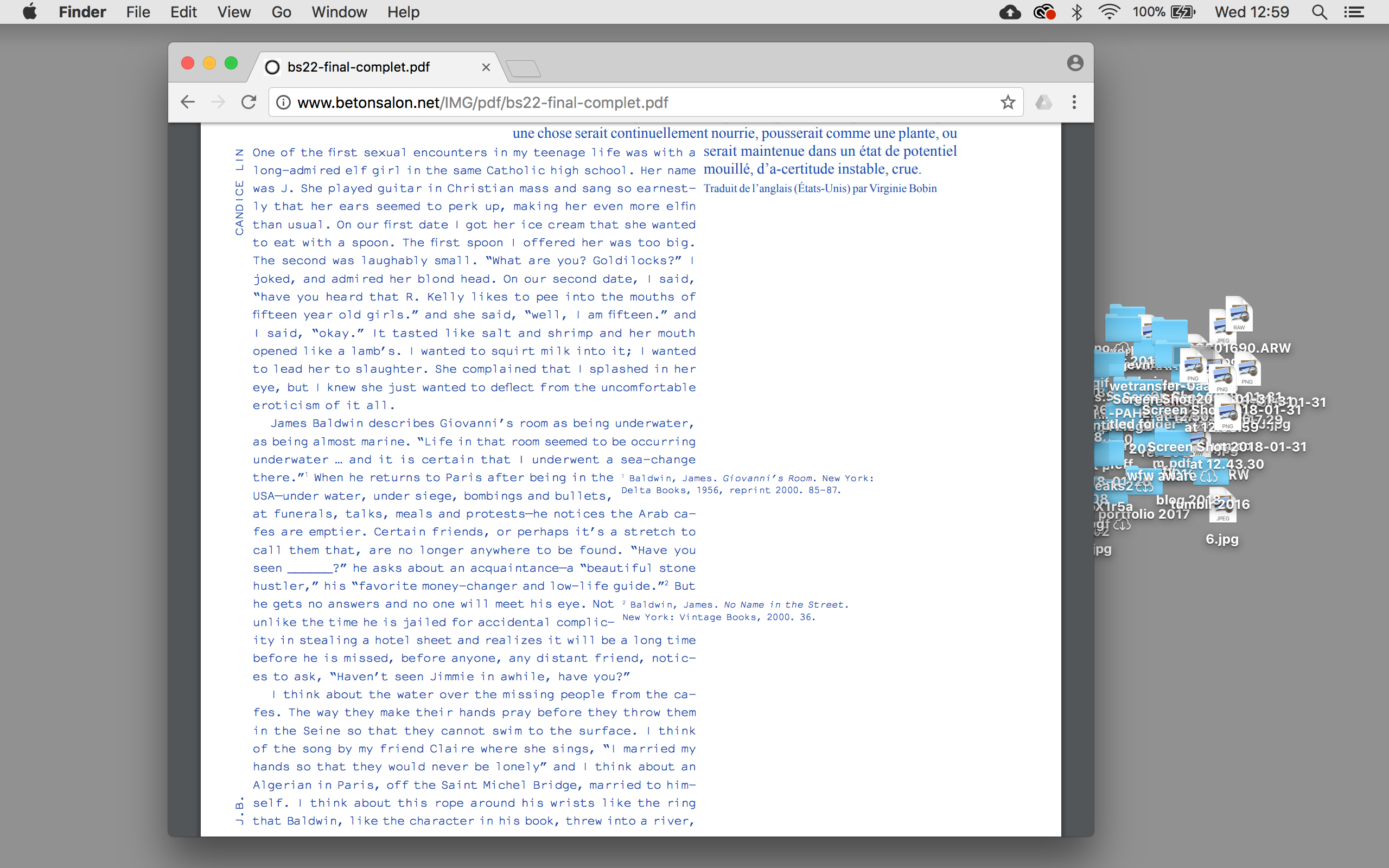laterpost 2015. Bea Schlingelhoff at Taylor Macklin, Zürich
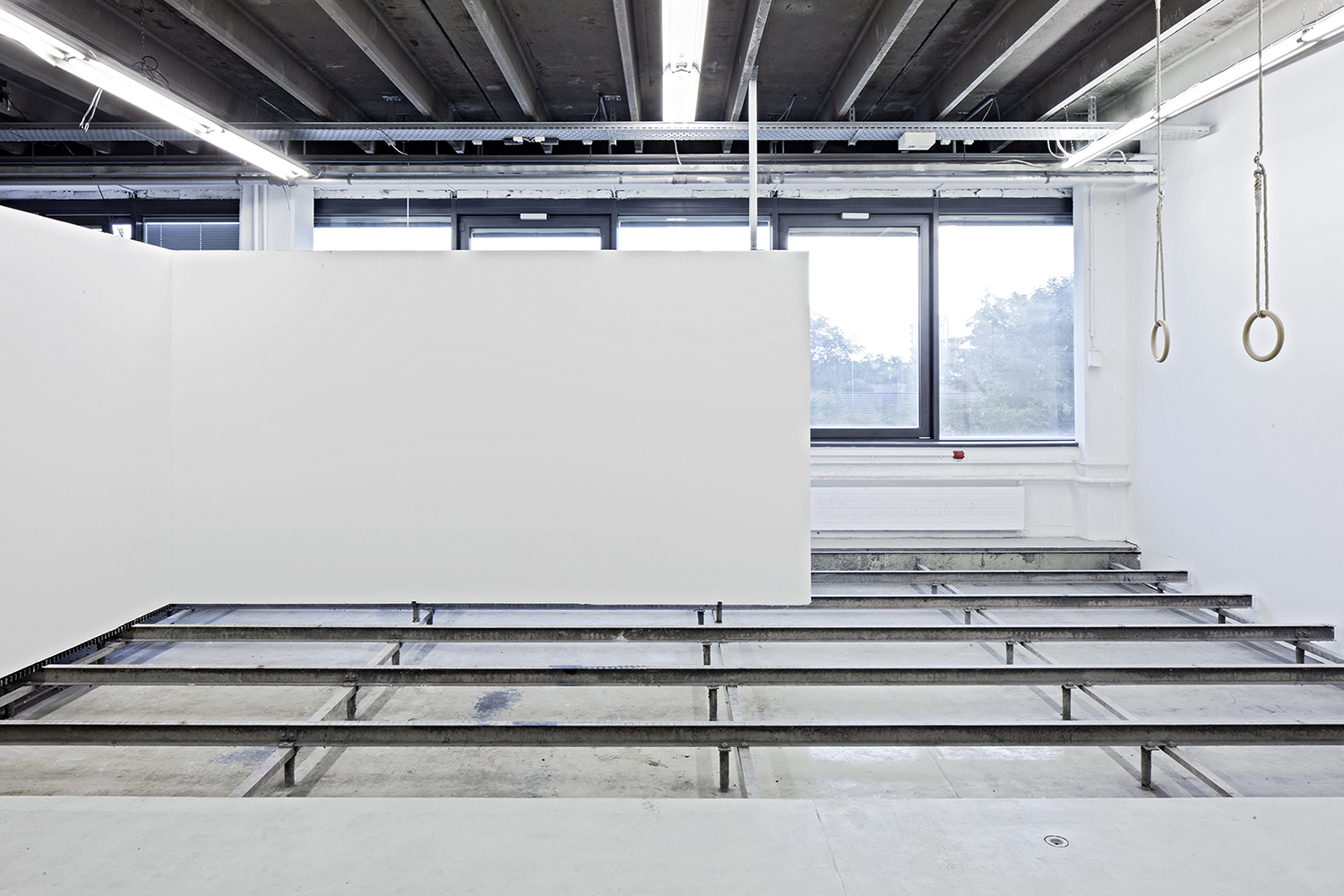
–

–

–

–

–

–
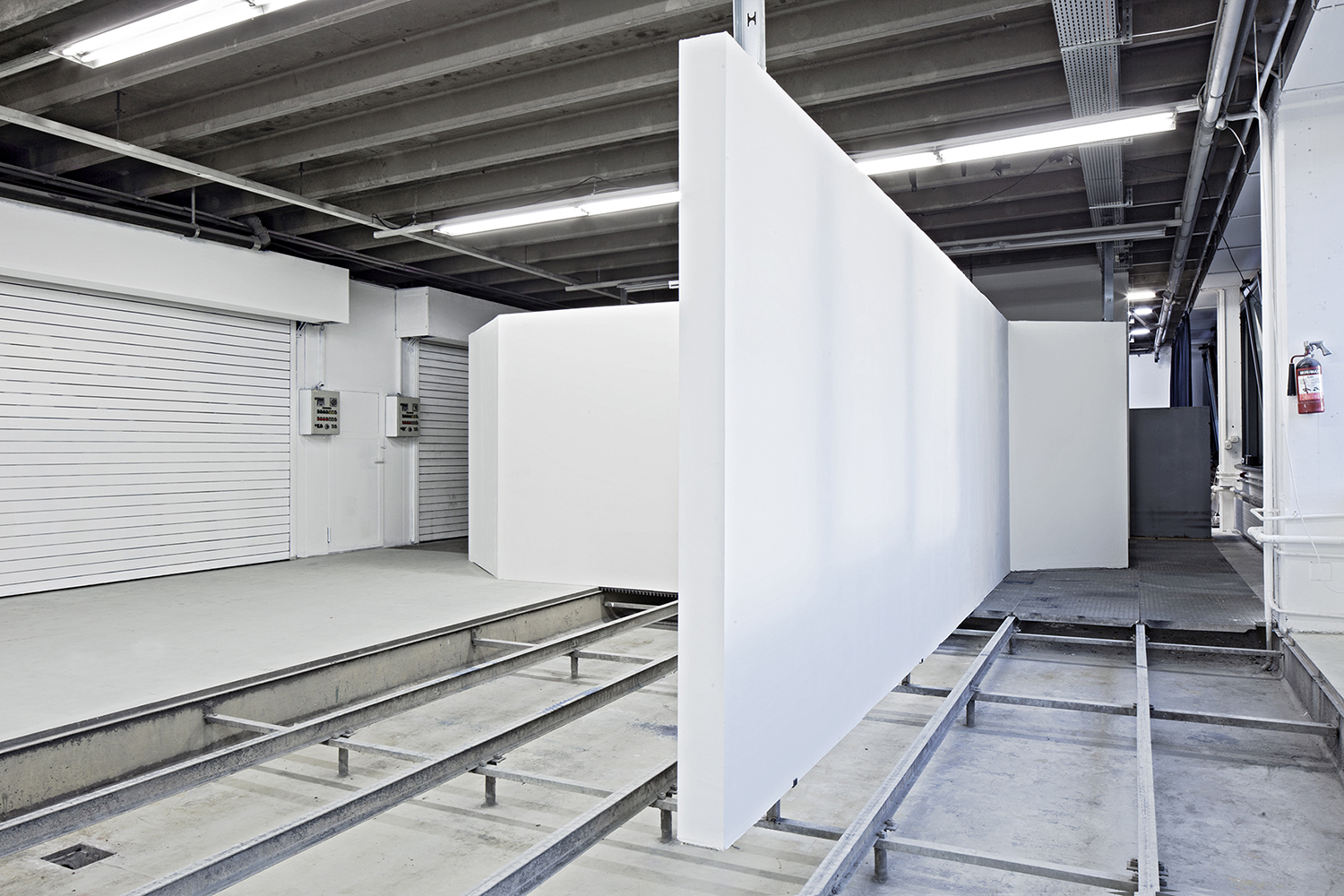
–
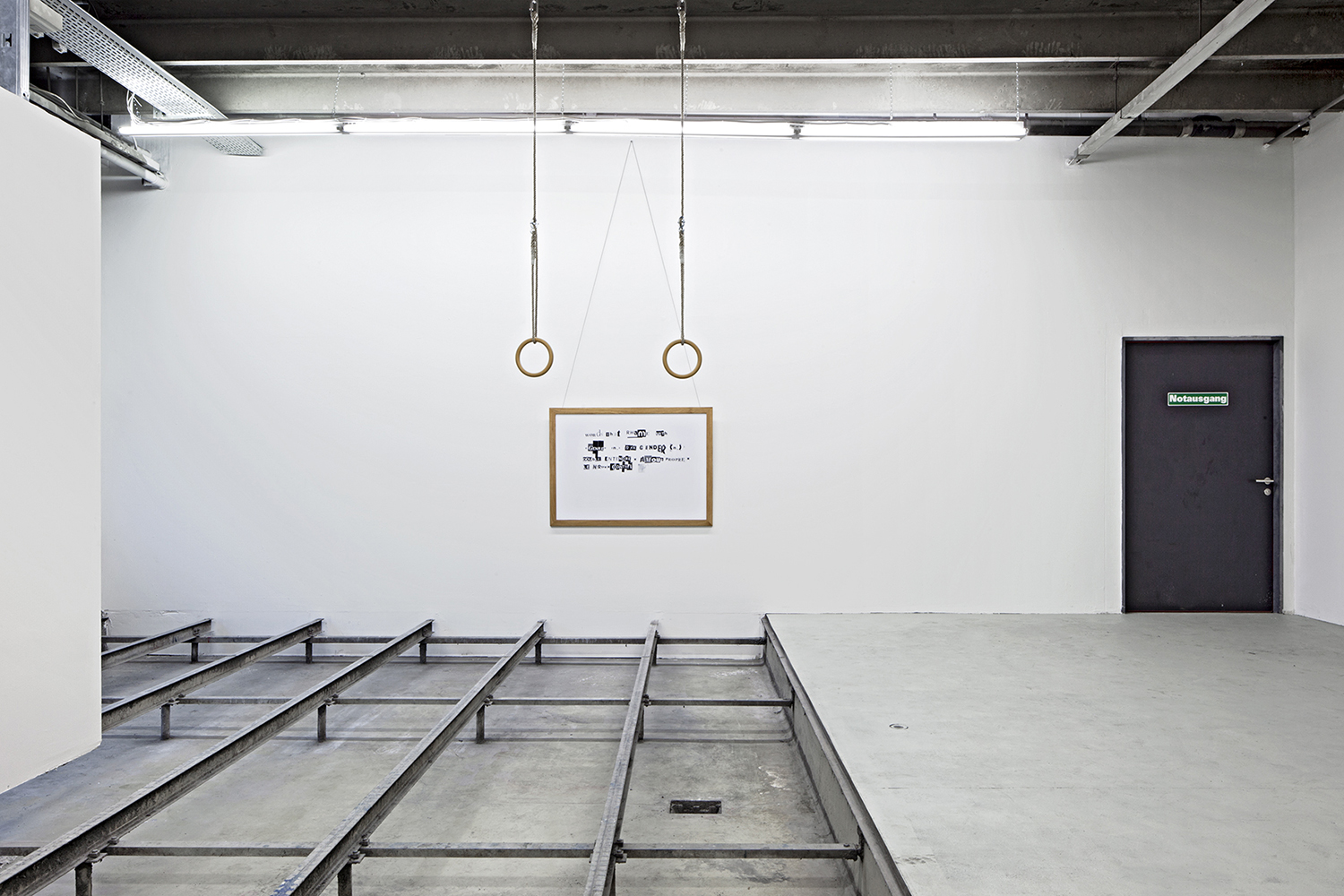
–
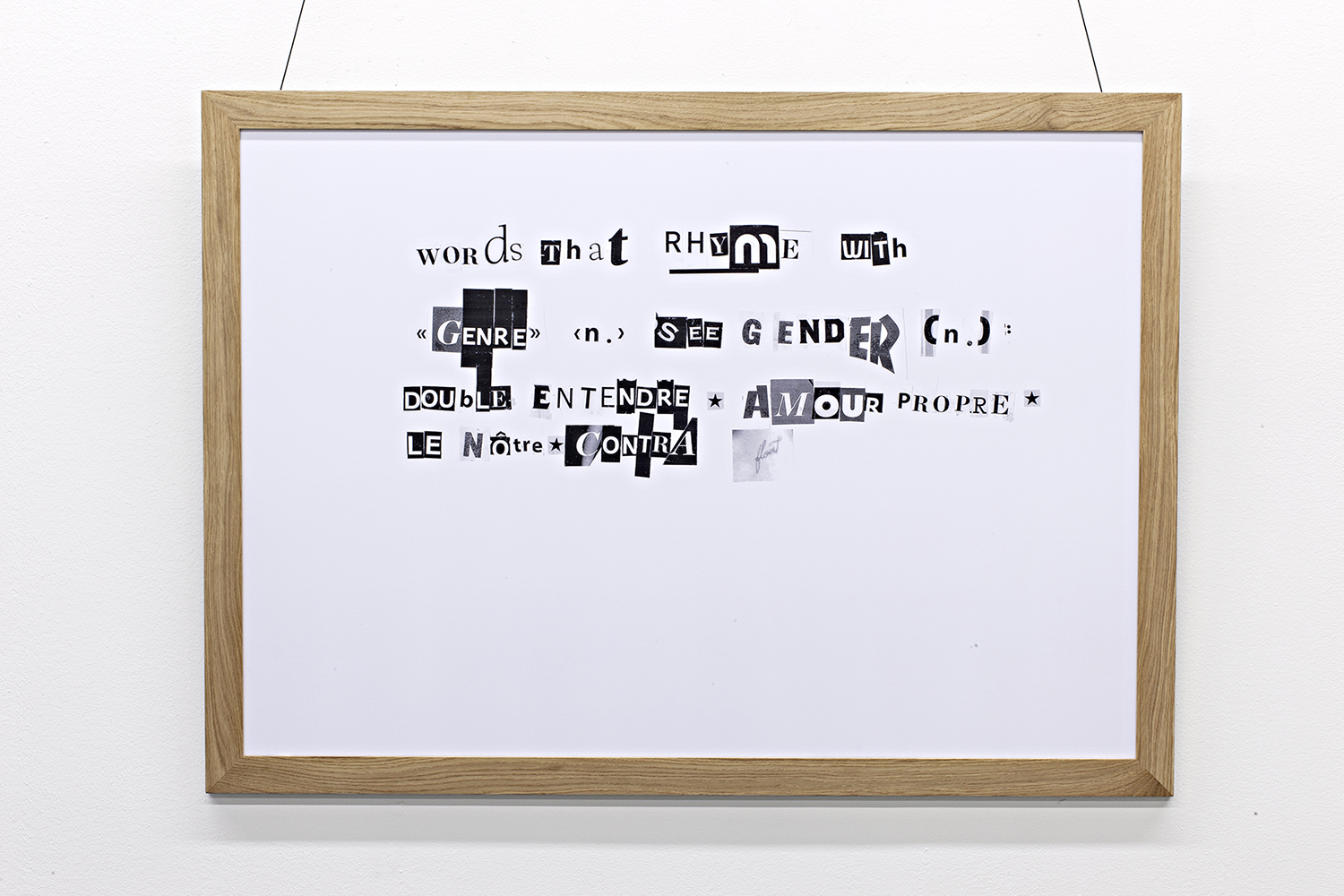
all images:
BEA SCHLINGELHOFF, Bazaarro
exhibitions views and details at Taylor Macklin, Zürich, June 14 – July 19, 2015
courtesy of the artist and Taylor Macklin, Zürich
–
In the summer of 2015, BEA SCHLINGELHOFF presented a solo exhibition at the artist-run space Taylor Macklin in Zürich. Entitled Bazaarro, the exhibition consisted mainly of the removal of a portion of the gallery floor. This was the press release.
“Why Don’t You … ?” – Diana Vreeland
Bazaarro
I find participating in art fairs close to Arendt’s insight on the banality of evil. It’s an extreme comparison, however, most artists and friends I speak with do not find art fairs an interesting context for their work, to say the least. Institutions have been successfully dismantled in a critical discourse in the past 40 years, but what about the stall architecture of art fairs?
Maybe art fairs are too vernacular to be bothered with critically or artists feel that their sole function is to accumulate income. In that case, what reason can there be to sabotage your own income? Book fairs are great, for example, but somehow different, aren’t they?
Bizarro is a genre – a recent usamerican literary genre – roughly denoting absurdist fiction or horror comedy. Bazaarro, too, is a genre – a contemporary art genre – recognizable because of (at least) one missing wall. Artists decide to use floating compartments like L-, H-, or E- shaped exposition bays to make their works of art a more assertive and singular statement, practical modular cells. These bays or booths spring up like mushrooms. Bazaarro takes the architecture of the fair outside the fair. Absurdist fiction.
The genre is visible in graduation shows at art schools, art conventions or competitive settings for prize money. To ‘booth’ is a verb replacing the seared expressions of ‘exhibition making’ or ‘installing,’ and has finally been recognized as the common denominator for meaning itself… even poetry is boothing! However, Bazaarro is not the horror comedy of the grey area. In fact it’s architecture’s new mercenary: a booth for hire.
Taking away the metal plates from the floor has gained an additional 15 cubic meters of exhibition-space for Taylor Macklin, sinking the entire room approx. 35 cm. The drywall that had been built into the former gym in order to separate the space from another gallery in the same room, Plymouth Rock, floats. An enlarged blackmail letter hangs on the wall that separates Taylor Macklin from the Capoeira school next door, in the same way a painting was hung in Hitler’s antechamber in Munich in 1942. Gymnastic rings are installed in front of the painting, completing the Bazaarro gymnasium. Words that rhyme with ‘genre’: ‘Double entendre’, ‘amour proper’, ‘Le Nôtre’, ‘contra’.
–
→ The laterpost series is featuring past exhibitions that have slipped under our radar. More laterposts here.
–

